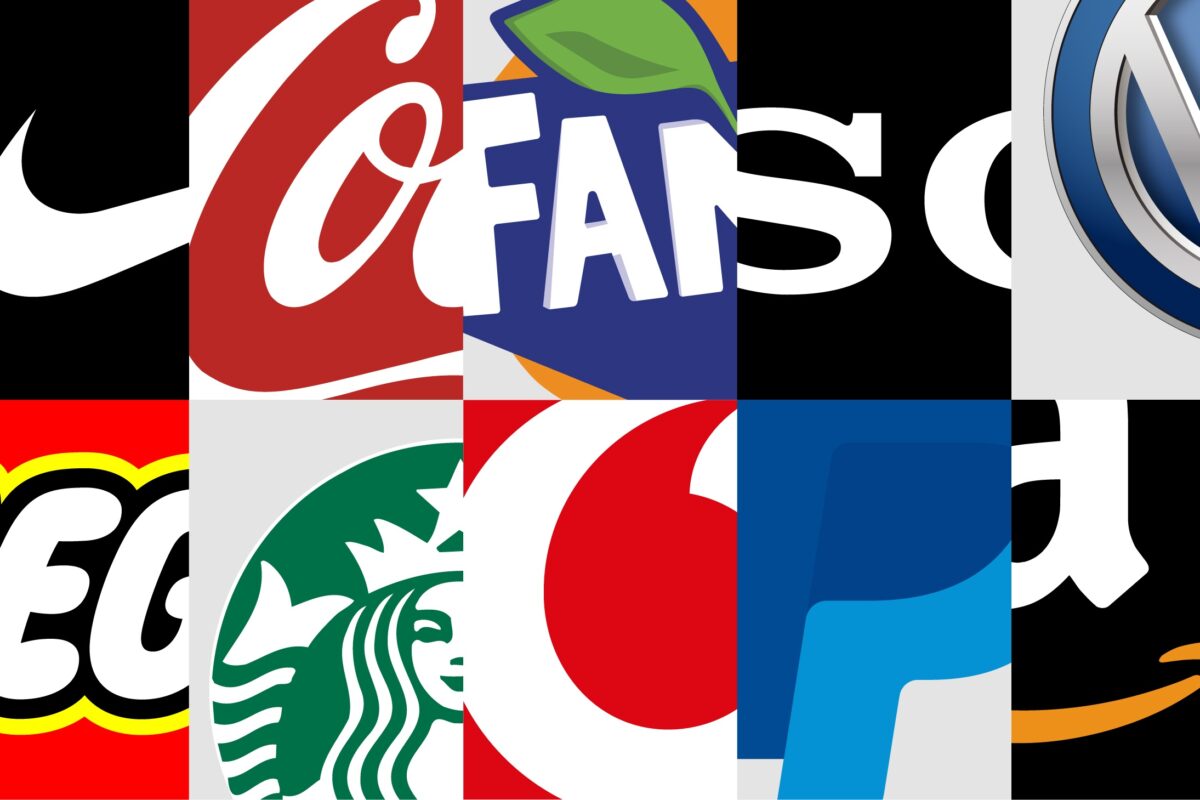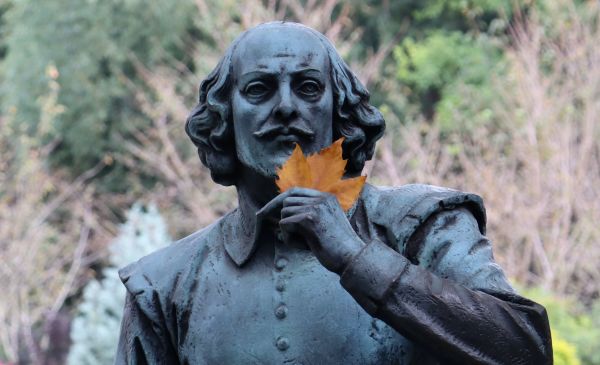Today I am sharing some of the questions and answers from a 1998 interview I gave regarding the attributes of a great brand. I hope you recognize them in your brand.
Q: How important is the name of a brand?
Most great brands have good names. Their names verbally connect to their positioning strategies.
Cottonelle. It’s not cotton, but it’s cottony and soft.
Dial. Round-the-clock protection.
Taster’s Choice. Tastes and smells like the ground roast coffee.
Toys R Us. What else is there to say?
And one of my favorites: Roach Motel. Roaches check in, but they don’t check out.
If you can take your concept and your name and put them together as a memory device, you can do very well.
Sometimes the name and position are all in one. DieHard batteries. The name says it all.
Q: Does a great brand have to be first in its category?
Many of them are. While the business world buzzes about quality, the real success stories tend to be the ones that are first.
McDonald’s became the first high-speed hamburger. Coke can lay claim to being the “real thing” because they were indeed the founder of colas. The first champagne, Dom Perignon. It’s also the most-recognized name in champagnes. The Club for cars is a modern-day first that started a whole new category.
Now the trick here is to be first with a good idea, not a dumb idea. Frosty Paws was the first ice cream for dogs. They claim, “It’s not ice cream, but your dog will think it is.” Now how much does my dog know about ice cream? Not much. Bad ideas don’t become great brands.
Q: So you need a good idea that gets remembered?
Right. Unfortunately, a lot of companies come up with some terrific ideas, but they never get anywhere because they don’t get into the mind.
Eventually someone else shows up in the category and gets credit for being first. That’s what “positioning” is all about.
Take the classic battle, many years ago, between IBM and Univac in computers. Univac was out ahead of IBM. But the organization that really took over in the minds of the marketplace was IBM. They weren’t really first, but most people now think they were first.
The first personal computer was not what you think it is. It was the MITS Altair 8800 computer. (pictured) With a terrible name like that, you know it was an uphill battle getting into the mind. Most people think the first PC was Apple. The Apple brand was put into the mind with some very good advertising and promotion.
You probably don’t recognize the first toothpaste in a pump. It was CheckUp. But CheckUp never really got into the mind. It’s not that they didn’t try. The problem was, all the big guys jumped in — Crest, Colgate, Aim.
Q: Tell us about this notion of “owning” a word.
The most powerful brands tend to own a word in the mind.
Crest owns “cavities.” Thirty-five years of “look ma, no cavities.” Volvo owns “safety.” What makes this work is the fact that a Volvo looks like a tank. (Whereas a Ferrari looks dangerous even when it’s parked.)
Domino’s owns two words: “Home delivery.”
Prego built their franchisee around a word: “Thick.” This single word has built the Prego brand to a 27% market share. It’s now challenging Ragu. Similarly, Heinz ketchup built their franchise on the word “slow.” The slowest ketchup in the West. How did they make it slow? To be specific, they narrowed the neck on the bottle. You couldn’t get the stuff out. People translate slow into rich, and that’s exactly what happened.
Q: And a brand should stay consistent to its concept?
Yes. Great brands stay focused on their words or concepts. They don’t fuzz up their identities. When you do, bad things happen.
Chevrolet used to be a great family car. But over the years they added endless models and types. Today a Chevrolet is a small, big, cheap, expensive, car, sport car, truck. It’s no wonder that Ford is the number one selling brand of car.
For years, Marlboro stood for “cowboys in Marlboro Country.” Then they lost focus. You had Marlboro Lights, Marlboro Mediums and Marlboro Menthol. There was confusion in Marlboro Country, and the brand started to slip. Here’s the problem: Real cowboys don’t smoke menthols or ultra-lights. In other words, it’s not consistent with their focus. The brand wimped out on its image. Luckily, Marlboro is back to cowboys and plain red-and-white Marlboros. The brand has made a substantial comeback.
Q: So rapid change is the enemy?
The most powerful brands don’t change. The ones that come and go are like shooting stars.
The airline People’s Express was a shooting star. They had a great concept: Small airline, small prices, small markets. They took off like a rocket. Then, flush with success, they introduced big airplanes, flew to big markets and started “business class.” They’re gone today. And who succeeded them? Southwest Airlines, which is doing very nicely, thank you. People’s Express changed their way into oblivion.
My hero is White Castle. In 1930 they were selling those greasy little sliders. Today, little has changed in the buildings or the menu and they’re still selling those greasy little sliders. How are they doing? Just fine. On a sales per unit basis, McDonald’s does $1.6 million. White Castle does $1.2 million. Burger King does $1.0 million.
Q: What about other attributes of a great brand?
A great brand tends to be very competitive. Strong, tough brands are out there looking to beat up their competition. They just don’t sit there. So if you’re going to try to take some of their business, it’s going to be very difficult. Think about AT&T striking back at MCI with “MCI Math vs. True Math.” Think about Hertz beating up its challengers with, “There’s Hertz and not exactly.”
Another attribute is sensitivity about tomorrow. There are times when the marketplace changes and you have to be careful about what you do with your brand. It could be a new generation of products or a new technology.
Look at the battery business. It moved from zinc carbon to alkaline. Eveready, the big brand in batteries, tried to take its Eveready zinc carbon brand over to alkaline. But they fell into the trench between today and tomorrow. Duracell pre-empted the alkaline category with a brilliant name. By the time Eveready started a new brand (Energizer), it was too late. Their leadership was lost. Today, Duracell has 43% of this $1.7 billion market.
The Blake Project Can Help: The Brand Positioning Workshop
Branding Strategy Insider is a service of The Blake Project: A strategic brand consultancy specializing in Brand Research, Brand Strategy, Brand Licensing and Brand Education





3 comments
John Gillett
July 1, 2008 at 12:46 pm
In addition to the attributes of a great brand sited, they also have a great story. In fact, being the first to tell a great story is more important than being first to market.
Does anyone remember the cola that preceded Coke? In Atlanta in 1886, physician and chemist Dr. John Stith Pemberton popular nerve tonic, stimulant and headache remedy, “Pemberton’s French Wine Coca,” was later renamed Coca Cola.
Coca Cola was a great name, but it took a great marketer,Asa Candler, and a great story to finally get folks to drink the concoction almost 20 years after it was first sold.
Daniel
July 10, 2008 at 8:35 pm
loved this post. I think strong brands are unapologetic, they know what they stand for and they don’t try to do too much. They are clear on what they stand on, but they are also very clear about what and who they do not cater to.
p.s.
Ford isn’t the #1 selling brand. I believe it is GM then Toyota and then Ford.
Derrick Daye
July 10, 2008 at 9:00 pm
John and Daniel,
Thanks for your thoughts. Daniel, indeed things have changed in the automotive business. Toyota overtook GM in global sales last year. When Jack conducted this interview it was 1998.
Derrick
Comments are closed.